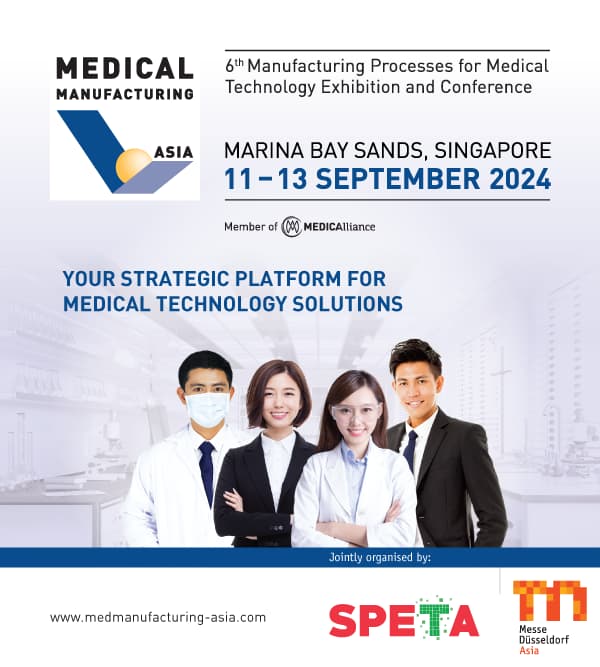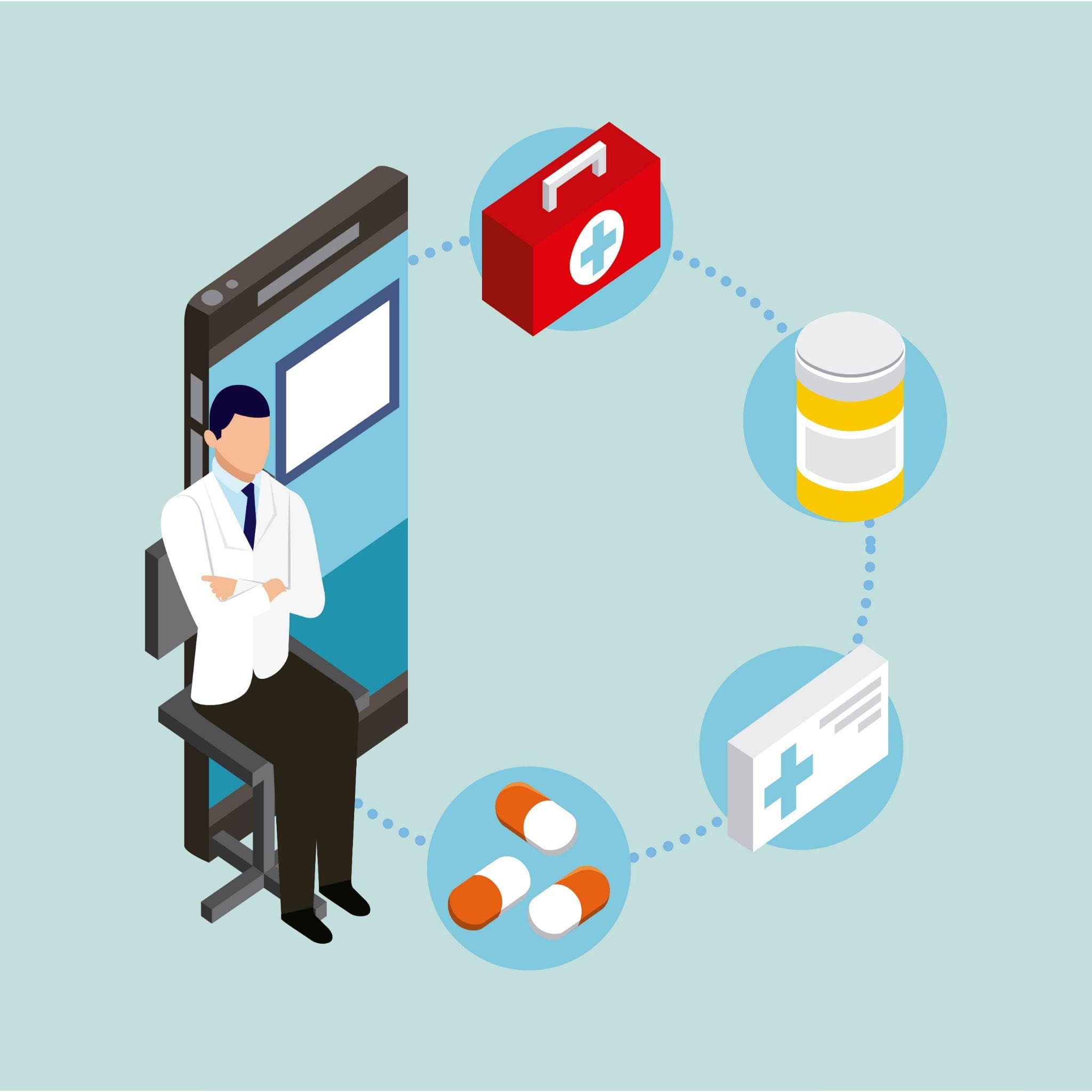



Medtech Asia has come a long way over the time! The region is excelling in numerous medical technologies and services. Medtech manufacturing of high grade devices is no exception! So, how does a device get to the market, from the moment of ideation to launch? Let’s see what a medical device startup or established company should know when it comes to taking an idea from the back of a napkin to product commercialization. When an individual's idea, invention, research in a university or national lab, hospital, or entrepreneur is translated into something commercially viable, the technology becomes a tangible product.
Commercialization is traditionally a nine-step process from concept to launch. These steps do not have to be taken in the exact order; they can be taken in parallel or in a different order. As long as all of them are taken into account during the development and commercialization processes, they set the stage for the medical device's success.
A medtech manufacturing company should devote a significant amount of time to planning. This phase, however, should not last as long as the development phase. The planning phase's main goal is to devote time to defining the product requirements. During the planning phase, a medical device company may want to spend time developing a product strategy centred on the regulatory side of the business, as well as considering costs.
The most important step is to ensure that you have control over the Intellectual Property (IP). IP is how a medical device company can commercialise and profit from their product. When you are introduced to technology or create your own technology, the first thing you should do is obtain intellectual property (IP). After IP is protected, the market is examined.
When considering medical device commercialization, market research is critical. Medical device startups must ensure that their product has a market. It is strongly advised that medtech manufacturing companies conduct due diligence on any potential competitors in order to compare products to their already marketed products.
One of the most difficult aspects of launching a medical device is regulatory compliance or regulatory strategy. To successfully navigate regulatory waters, it is best to find a regulatory champion early in the development process. s
As a medtech device manufacturing company, you must have a quality management system in place. A Quality Management System (QMS) is required for a successful product launch. When bringing a product to market, one must adhere to a QMS; this saves time, money, and other valuable resources.
After the prototype stage comes the implementation stage. During the prototyping process, companies encounter common problems and develop troubleshooting strategies to improve specific features of medical devices. It's time to turn the 3D printed device into a moulded device. When you're satisfied with the basic design, it might be time to collaborate with a contract manufacturer to create a more robust prototype.
Globally,many people die each year as a result of medical errors, making it the third leading cause of death after heart disease and cancer. Human factors principles have long been used to reduce potential risks in high-risk industries such as aerospace, nuclear, petrochemical, energy, and transportation.
It's also critical to have a strong business development and marketing team that can develop a solid go-to-market strategy based on a thorough understanding of the clinical need. Working with a freelance medical device specialist can assist you in ensuring that your device's intended use, indication for use, and preliminary function are clearly defined.
A product launch represents a significant financial and profitable investment for a company. A successful product launch can result in new markets, new customers, and increased business with existing customers.
The medical device market can provide great opportunities for manufacturers if they can successfully navigate the many requirements and multiple-step processes. It can take time to get a device through the regulatory and compliance processes and onto the market in the specific geographic locations. It is a good idea to become acquainted with the process and the various requirements. You may also want to enlist the assistance of local experts who are familiar with the procedure.